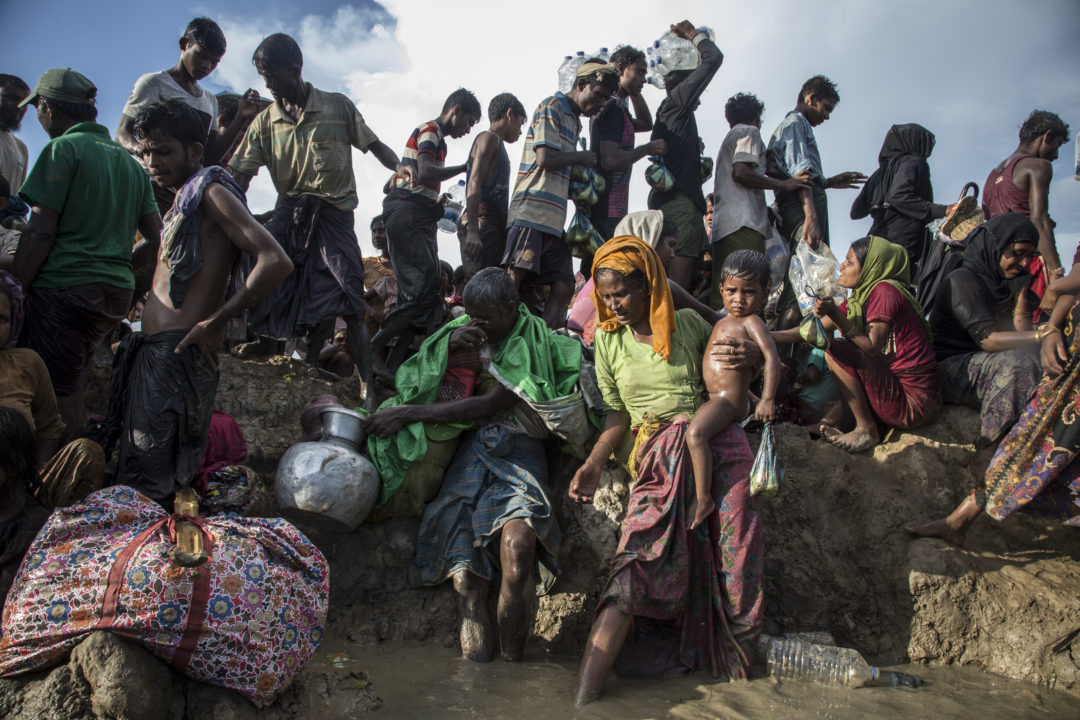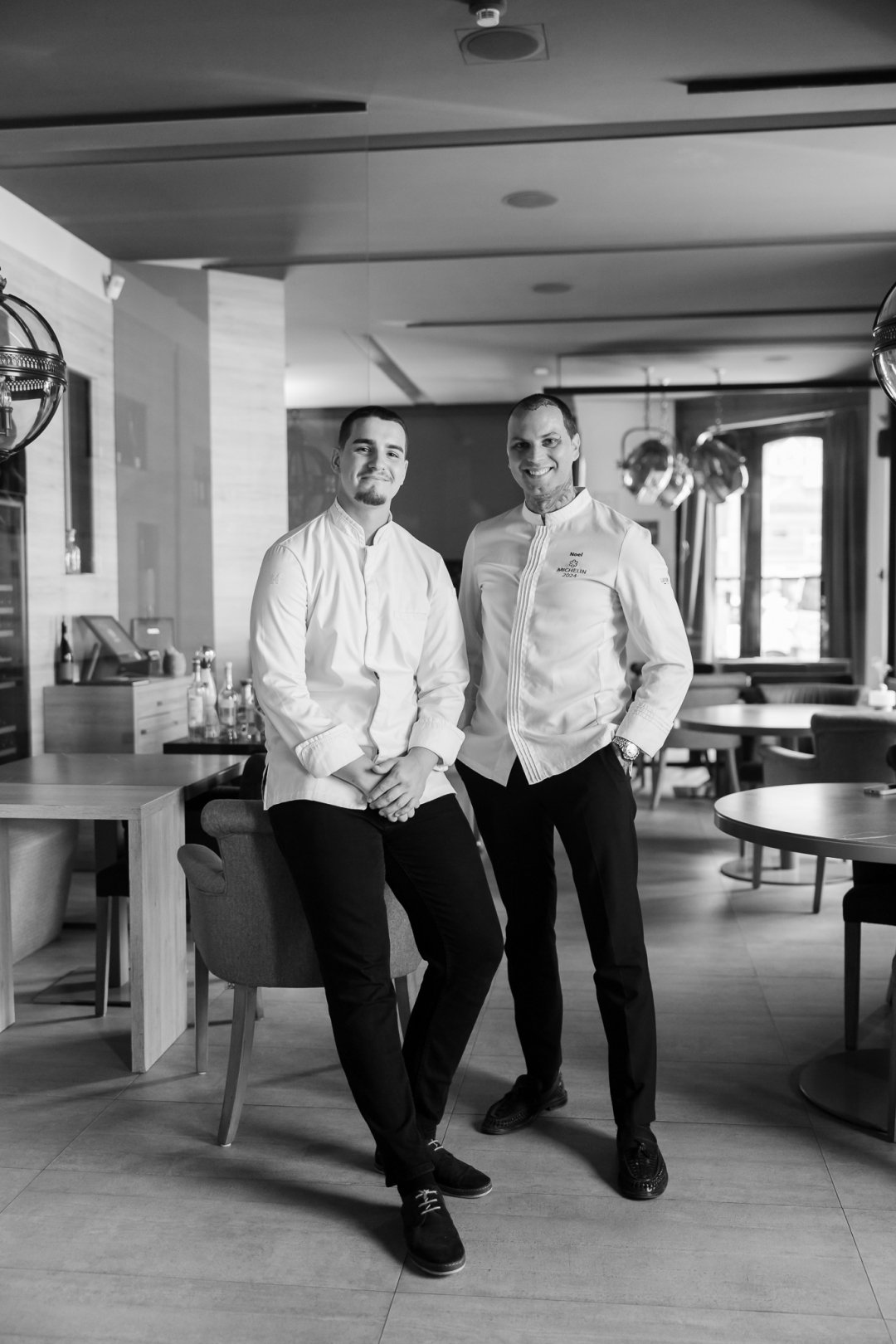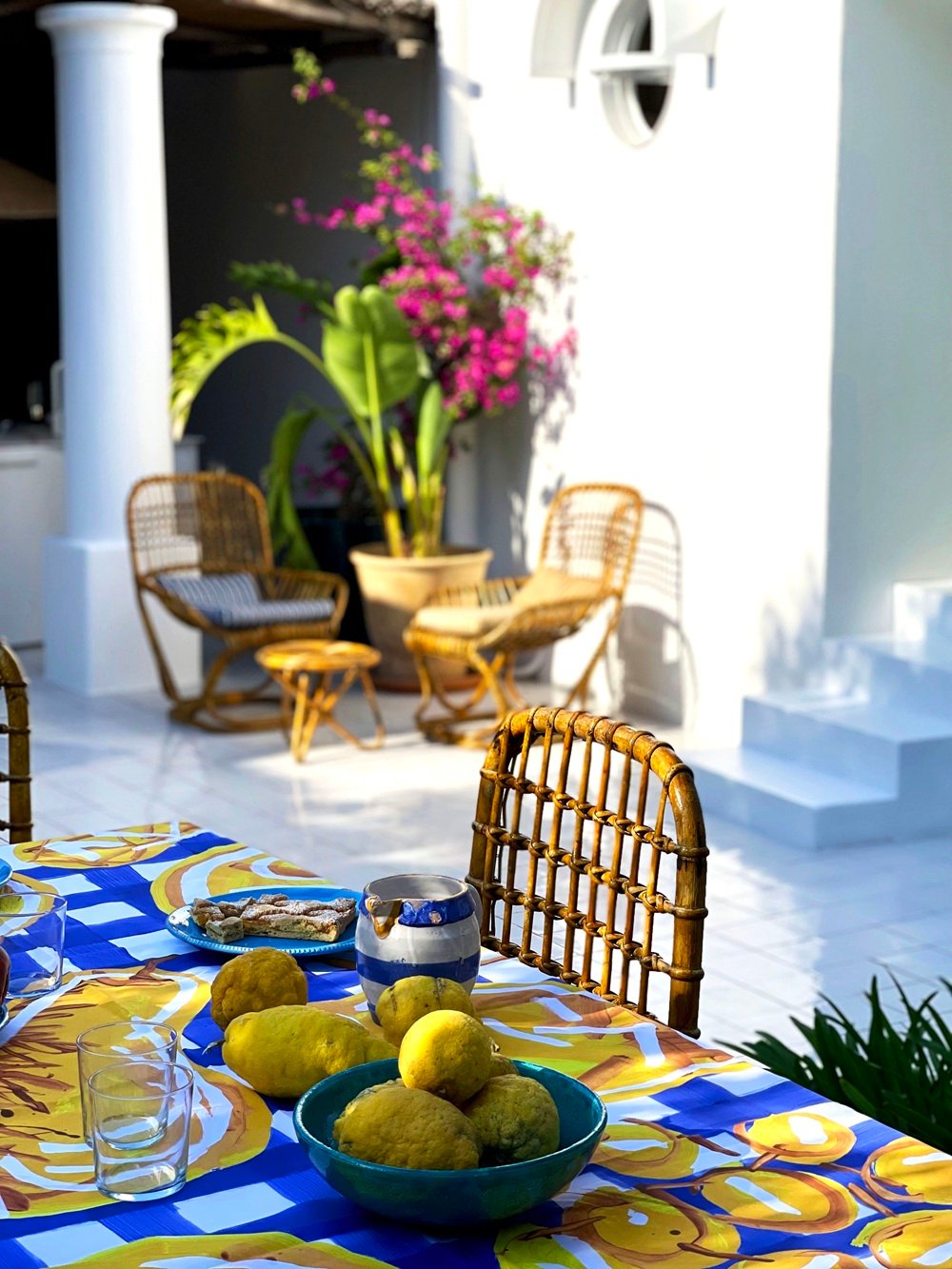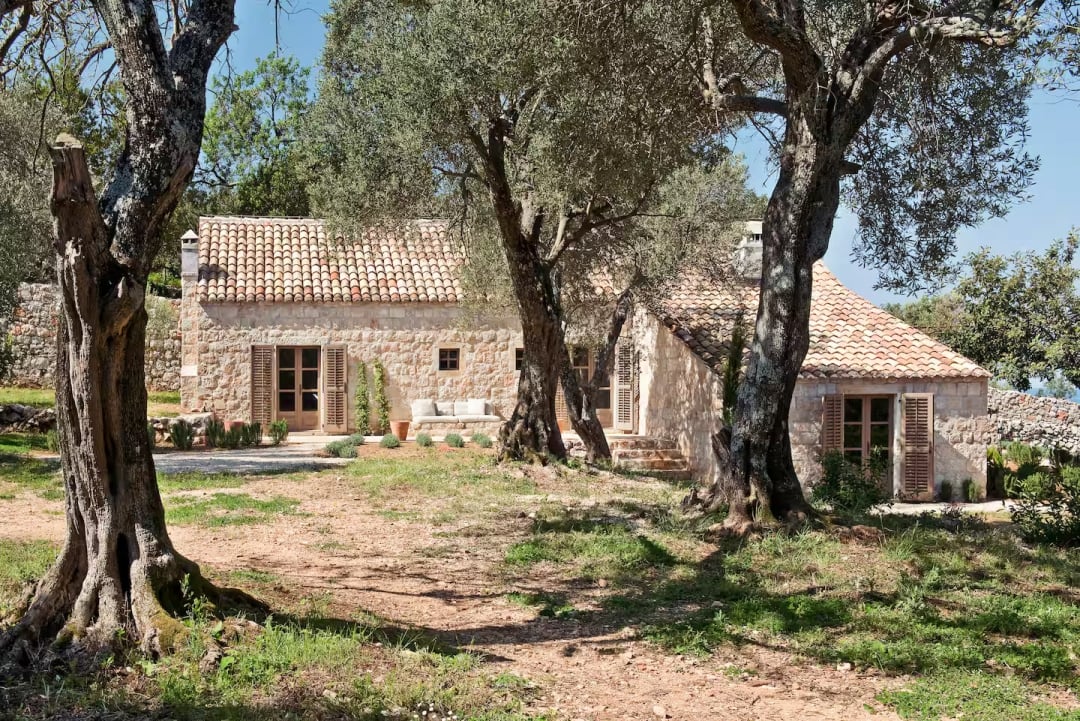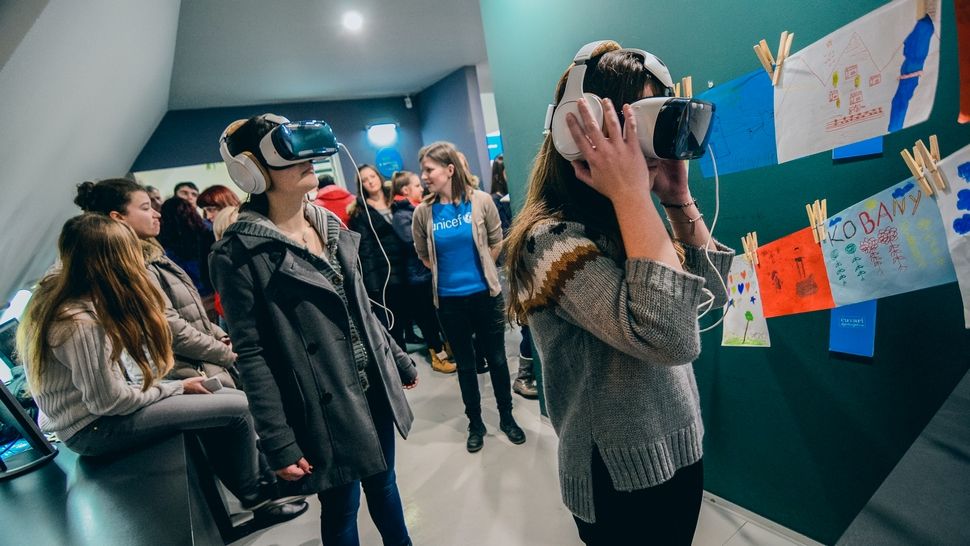
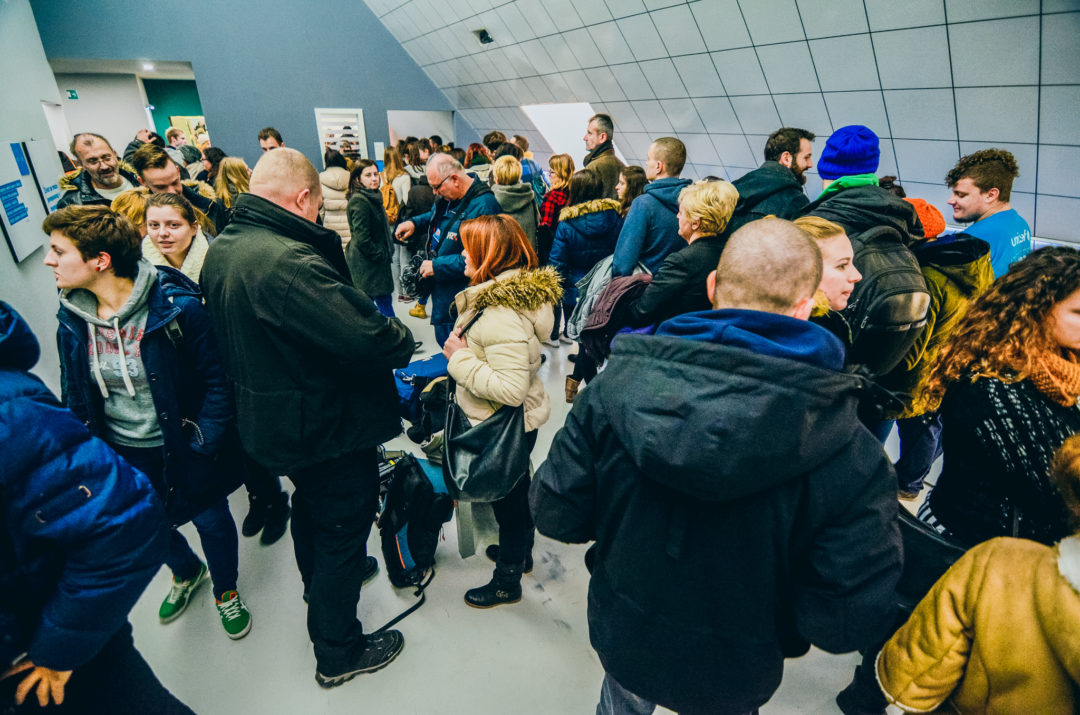
Muzej realnosti u Muzeju iluzija u Zagrebu
UNICEF predstavlja treće izdanje Muzeja realnosti koje nas vodi u svakodnevicu najugroženije djece diljem svijeta. Kao i proteklih godina, Muzej realnosti održat će se u Muzeju iluzija u Zagrebu, gdje će na tri dana, od 11. do 13. prosinca, iluzije poslužiti potpuno suprotnoj svrsi – otkrivanju stvarnosti.
Dosad neviđeni eksponati UNICEF-ovog Muzeja realnosti, izloženi u obliku instalacija, iskustvenih soba, holograma, optičkih iluzija i virtualne stvarnosti, povest će posjetitelje na osobno interaktivno putovanje kroz najranije djetinjstvo, otkrivajući im kako izgleda potresna stvarnost milijuna djece. Također, pružit će iskustvene odgovore na pitanja kako stvari koje ne biramo, poput mjesta rođenja, mogu odrediti životne šanse svakog djeteta, što uzrokuje razlike i postoje li načini da ih smanjimo. Tako će Muzej realnosti otvoriti vrata drugačijem doživljaju stvarnosti i novom pogledu na današnji svijet, u kojemu zbog nejednakosti, siromaštva, prirodnih katastrofa i ratnih zbivanja teško žive milijuni djece.
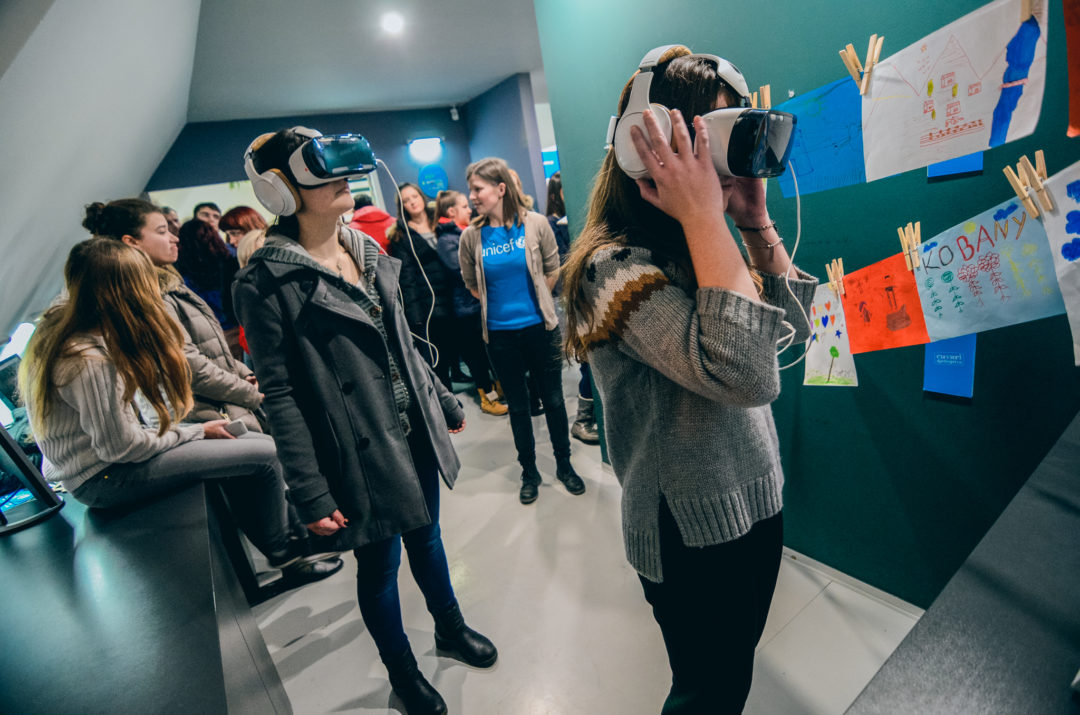
Darovi za cijeli život
Posjetitelji će moći zaigrati lutriju života i otkriti kako bi im se život odvio u drugim okolnostima, naći se oči u oči s nasiljem, pokušati uhvatiti kap pitke vode ili preživjeti invaziju na djetinjstvo. Iskusiti prirodne katastrofe, snaći se kada im uragan iznenada izmakne tlo pod nogama, čekati da s neba padne pošiljka hrane o kojoj ovisi njihov život – dio su dječjih iskustava s kojima nas ove godine suočava Muzej realnosti.
Najranije godine djetinjstva obilježavaju naše živote zauvijek, no nažalost neka djeca nemaju priliku za dobar početak životne priče. Novo izdanje Muzeja realnosti pod naslovom “Darovi za cijeli život” vodi posjetitelje kroz interaktivnu priču o tome kako su zdravlje, hrana, obrazovanje, obitelj i sigurnost najvredniji darovi koje moramo osigurati svakom djetetu, bez obzira na mjesto i okolnosti u kojima se ono igrom sudbine našlo.
![[TREATED PHOTO. RELEASE OBTAINED] On 10 October 2016, Amal Mohammed stands in front of her mother wearing a black and peach flowered dress. Amal smiles for the camera with her arms up behind her head. She has soft curly hair and is missing a tooth in her huge smile. She lives in a village near the town of Jigjiga, Ethiopia where UNICEF monitor Child Health and Early Childhood Development. UNICEF's initiatives represented here are Child Survival and Development, health, and strength of the girl child. As part of the UNICEF Brand strategy and re-positioning initiated in 2016, this signature photograph was taken to showcase children being children, as direct or indirect beneficiaries of UNICEF’s work around the world. This photo is designed to be used for both specific messaging around certain programmatic or thematic areas and/or general and emotional use under the modular brand device “for every child, ...”. This photograph is for editorial use & fundraising use by UNICEF in editorial contexts in digital or traditional platforms such as UNICEF publications and global, COs, ROs and National Committee digital or traditional platforms to advocate, raise awareness and fundraise in digital campaigns and appeals. The United Nations Children’s Fund (UNICEF) is one of the most trusted names in international development and humanitarian action, with a presence in over 190 countries and territories. That trust has been earned over the course of over 70 years by delivering and renewing a promise made to promote the rights and well-being of every child, everywhere. UNICEF’s brand is a strategic asset that improves the organization’s ability to fulfil its mission. It builds goodwill among UNICEF supporters, improves recognition among our audiences and strengthens our reputation with partners, aiding in the building of three key brand attributes - trust. respect and high visibility. [TREATED PHOTO] may be used for editorial use & fundraising use by UNICEF in e](http://www.journal.hr/wp-content/uploads/2017/11/2-2.jpg)
Čuvari djetinjstva
Posjetitelji Muzeja realnosti moći će saznati i što UNICEF, uz podršku građana, čini za najranjiviju djecu te se uključiti u program Čuvari djetinjstva i podržati stvaranje boljeg, sigurnijeg i pravednijeg svijeta, za svako dijete. Ova jedinstvena priča započeta 2015. godine od početka je naišla na izniman interes javnosti. Prošle je godine, uz Zagreb, Muzej imao svoja izdanja i u Zadru i Ljubljani, a sljedeće godine očekuje se i otvaranje Muzeja realnosti u Beču.
Postav Muzeja realnosti bit će moguće razgledati u Muzeju Iluzija (Ilica 72) u Zagrebu od ponedjeljka 11. do srijede 13. prosinca – na dan otvorenja u ponedjeljak radno vrijeme Muzeja bit će od 12 do 22 sata, dok će preostale dane vrata Muzeja biti otvorena od 9 do 22 sata. Ulaz će biti slobodan za sve posjetitelje.
